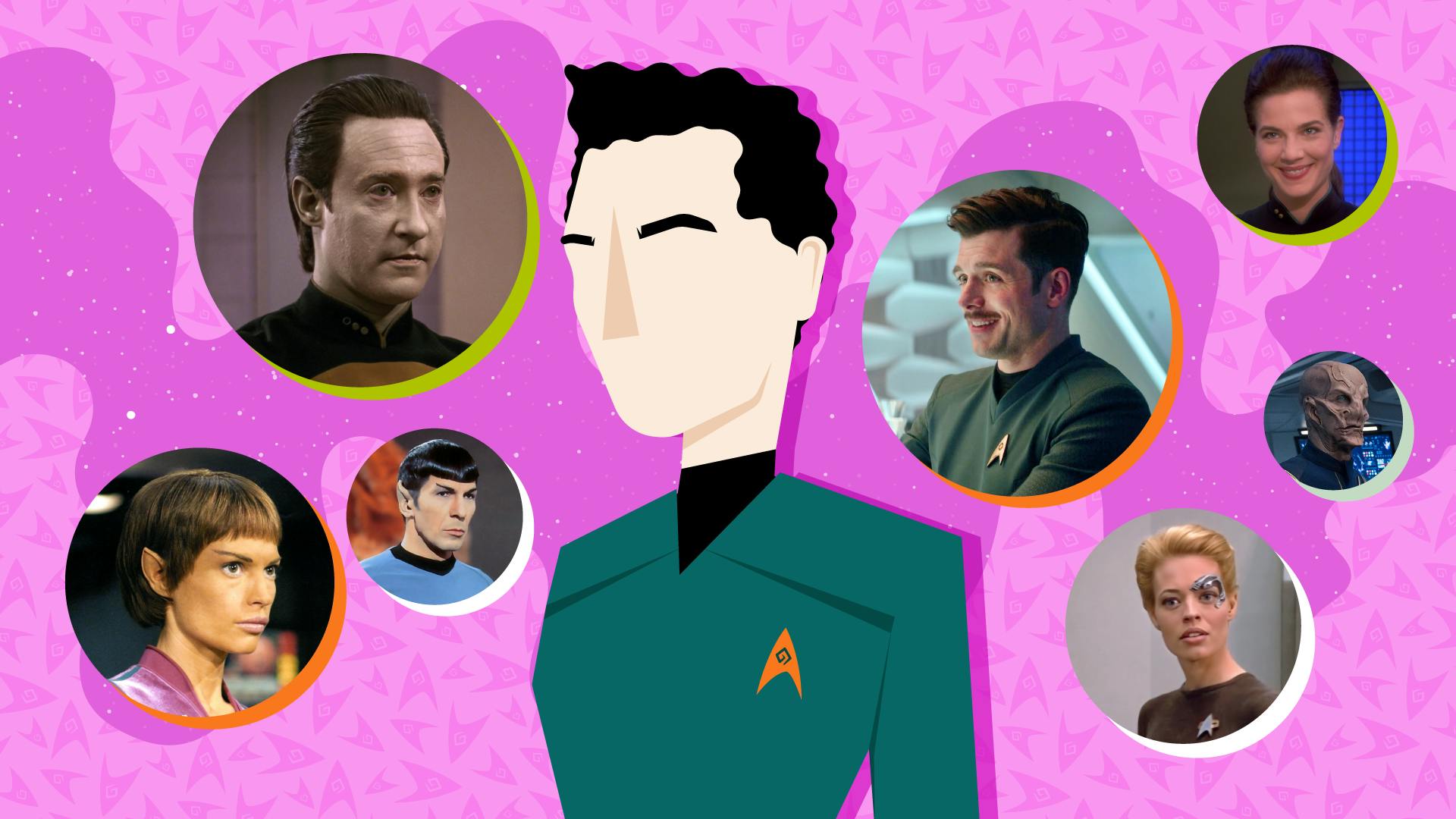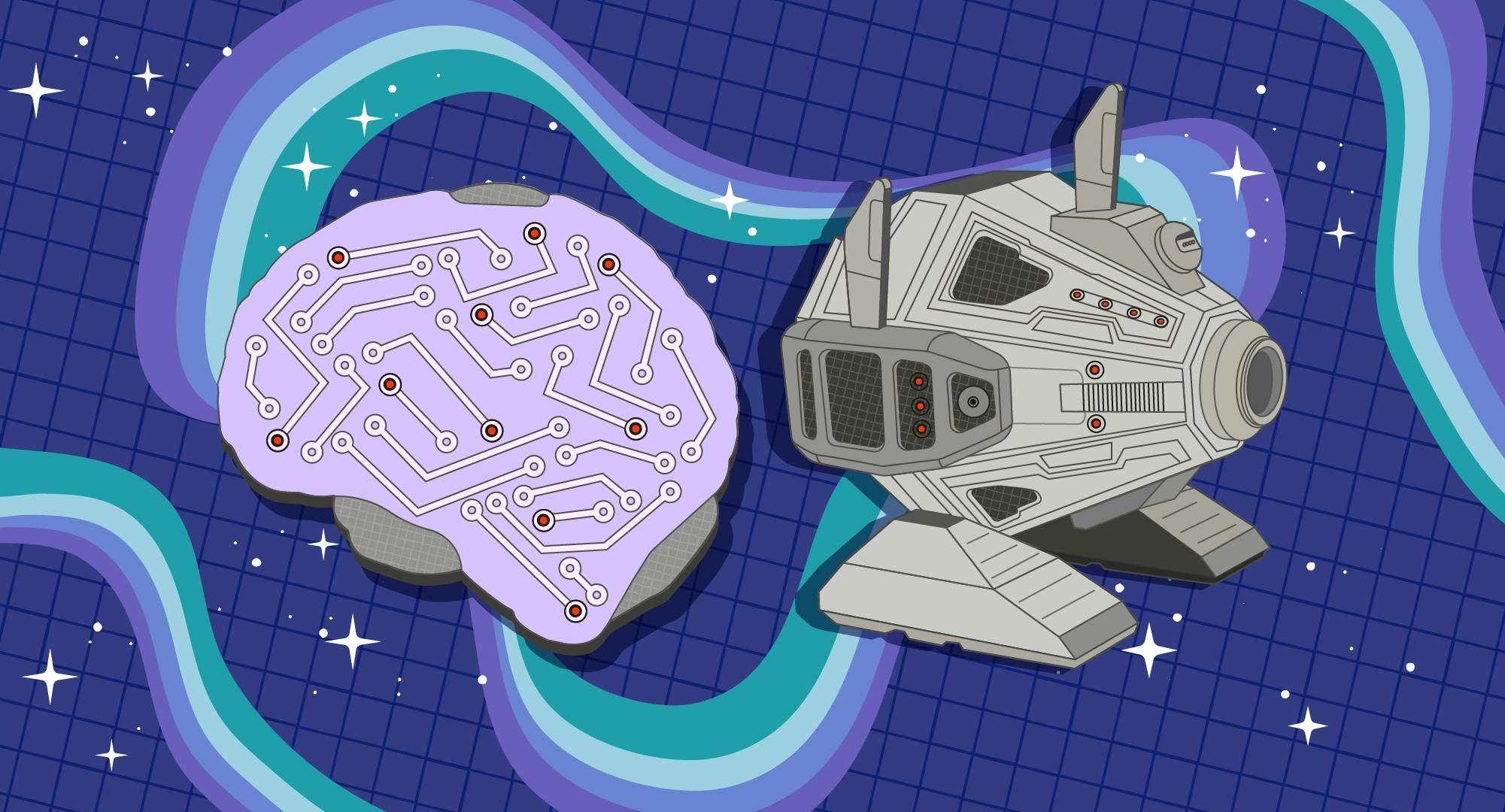Published Dec 8, 2019
Dispatches from #STLV: Time Traveling Through the 'Star Trek' Universe
As Dr. Erin MacDonald reminds us, Star Trek isn’t just social commentary — it’s scientific commentary too.
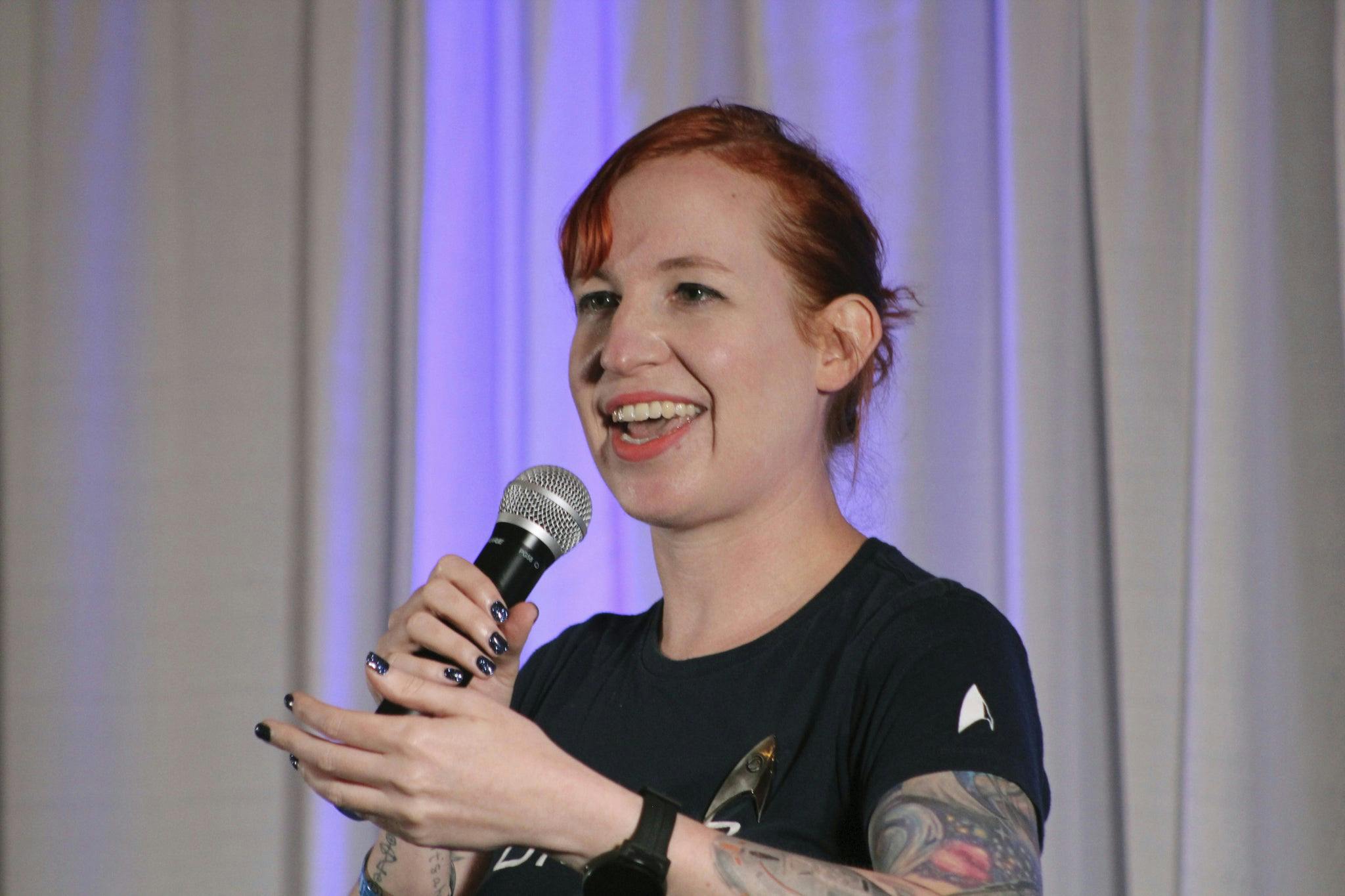
StarTrek.com
Fans know that Star Trek isn’t superficial entertainment. It’s full of allegories that commentate on social issues that the writers believe are of great import, and at times those writers have also tried to plant seeds for the future they want to see. This week at Star Trek Las Vegas, Kate Mulgrew reminded a packed auditorium that it wasn’t a coincidence that her barrier-breaking character, Captain Janeway – the first woman to helm a series in the Star Trek franchise – was also a scientist. Star Trek is in many ways about imagining a utopian future and trying to plant the seeds for getting to it. But Star Trek isn’t just social commentary, it’s also scientific commentary.
From The Original Series, to The Animated Series, to Discovery, time travel has always been foundational to the Star Trek universe. Sometimes, Star Trek is all about time travel. In a session at STLV on the science of Trek, Dr. Erin MacDonald, a theoretical astrophysicist, science consultant, and enthusiastic Trekkie, took a full house at the CBS All Access Stage through a whirlwind tour of the various episodes and films in the franchise that made time travel a central plot point.
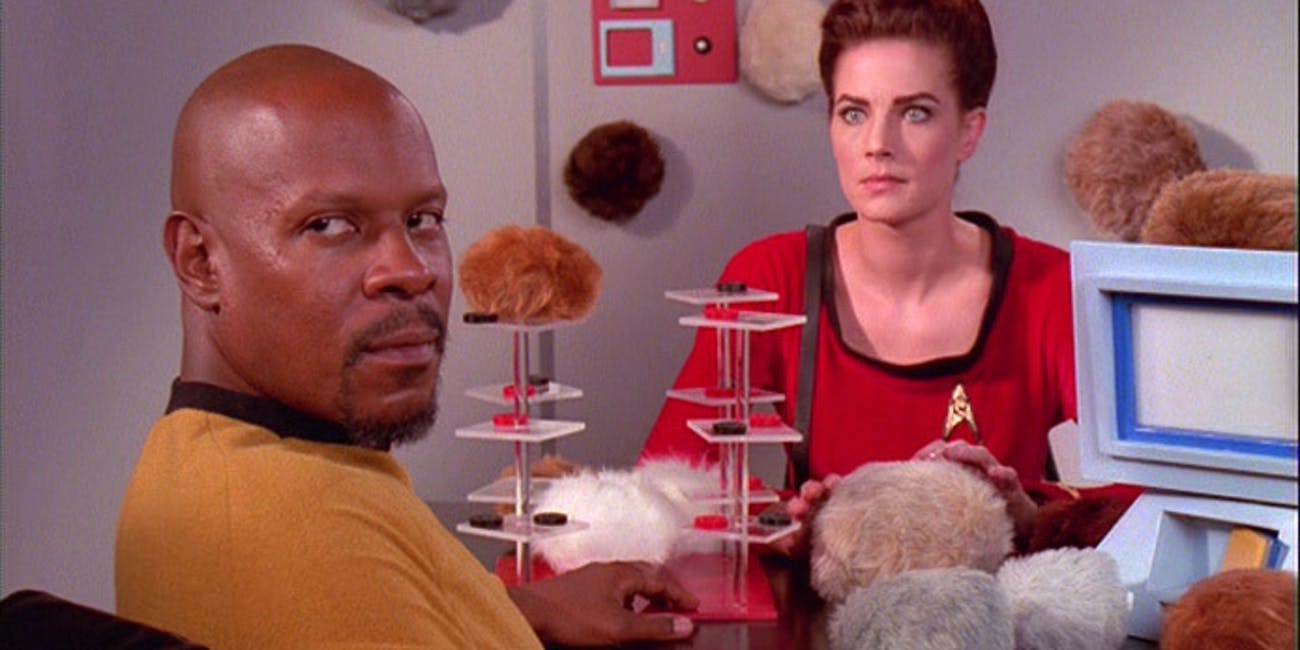
StarTrek.com
Part of Dr. MacDonald’s task was not simply to provide an overview of the number of times the writers relied on time travel – which it turns out, were many – but also to help the audience decipher when there is any sensible, and real, the science behind it. For example, in the TOS episode “Assignment Earth,” time travel is tied to something called a ‘lightspeed breakaway factor.’ This might sound cool, but it’s completely made up.
Similarly in the Voyager episode ‘Year of Hell,’ there is extensive mention of a subatomic particle called the chroniton, which has the power to affect the flow of time. Chronitons are not real – they were developed as a concept for the TNG episode ‘The Next Phase,’ by Star Trek writer and producer Ronald D. Moore. Chronitons are far from the only Star Trek time travel invention. MacDonald pointed out other imaginary physical phenomena that drove the plots of several episodes. For example, the Voyager episode ‘Parallax’ involves something called a quantum singularity, and DS9 episode ‘The Sound of Her Voice’ has metreon radiation, which can interact with dark matter.
Dr. MacDonald was careful not to give off the impression that all of Star Trek’s science is made up and made a point of highlighting science that the writers used for inspiration. For example, wormholes are hypothetically possible according to calculations using Einstein’s relativity. A specific type of wormhole that connects two particular points in space and time appear in TOS’s ‘Guardian of Forever’ and TAS’s ‘Yesteryear.’ In the Voyager episode ‘Future’s End,’ a particle called a graviton is said to create a temporal inversion – a reversing of time. While it’s unlikely that gravitons can cause a temporal inversion, they are a hypothesized particle that is the subject of active research in theoretical physics.
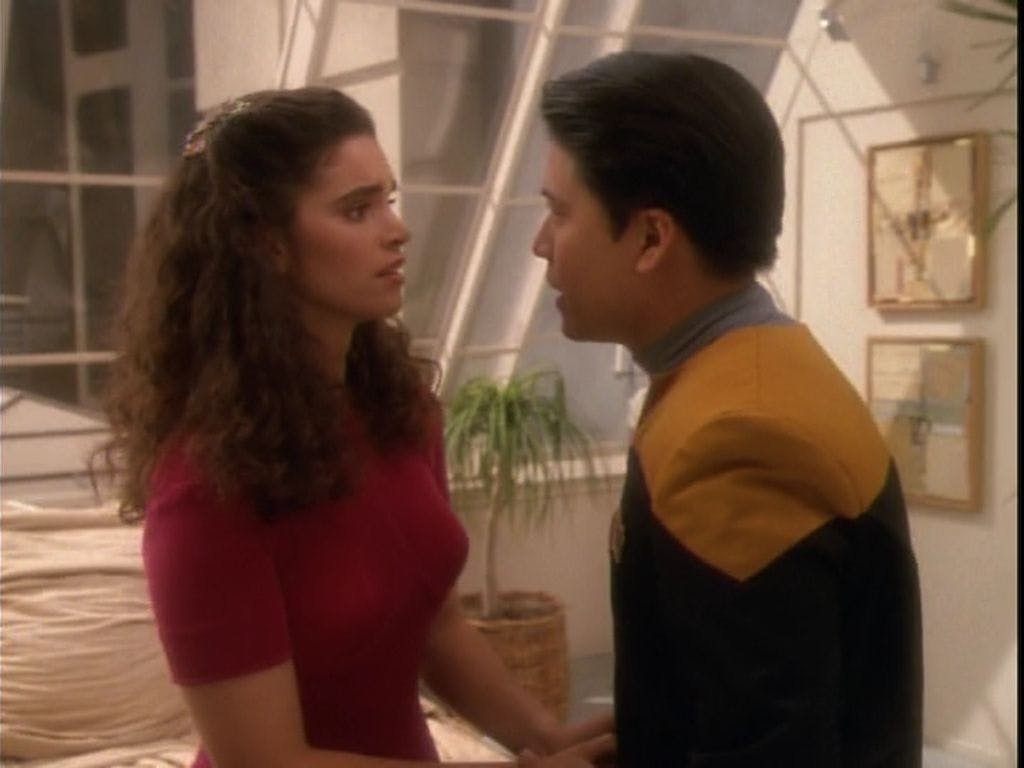
StarTrek.com
Sometimes real physics provides a great get out of jail free card for filmmakers who want to get creative with Star Trek canon. The JJ Abrams film reboots that began in 2009 live in an alternate universe that has been dubbed ‘The Kelvin Timeline.’ From the point of view of some researchers in quantum physics, this (retroactive) claim is completely justified by the many-worlds theory, which proposes that each moment in time and each decision that comes with it, spawns different timelines and universes to go with them. The Voyager episode ‘Non Sequitur’ actively uses the many-worlds interpretation of quantum mechanics to provide insight into Ensign Harry Kim’s life if he had never been assigned to Voyager.
Dr. MacDonald’s presentation was a highly accessible introduction to the myriad ways that Star Trek writers have utilized time travel not just to advance plot but to raise deep questions about the nature of spacetime and our relationship to it. Along the way she managed to highlight the way GPS – the Global Positioning System that makes your Google and Apple Maps work – has its own interesting relationship to time. According to Einstein’s relativity, time flows more slowly closer to a massive object than far from it, so GPS satellites experience time slightly differently than people on earth. This isn’t quite time travel, but it’s an excellent reminder that the flow of time is often weirder than we think, and it certainly merits imaginative exploration.
Dr. Chanda Prescod-Weinstein (she/her) is an Assistant Professor of Physics and Astronomy and Core Faculty in Women’s Studies at the University of New Hampshire. Her research focuses on cosmology and particle physics. Find her on twitter @IBJIYONGI.

